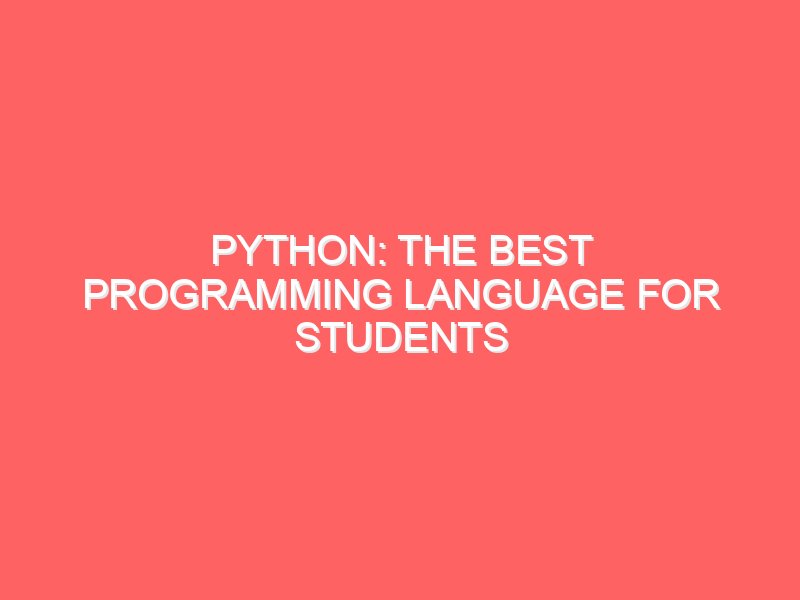Advantages of Using List Comprehensions in Python
Advantages of Using List Comprehensions in Python List comprehensions are a powerful feature in Python that allow you to create new lists by iterating over an existing iterable and applying a condition or transformation to each element. They provide a concise and expressive way to write code, making it easier to read and understand. Here are some advantages of using list comprehensions: 1. Concise Syntax One of the main advantages of list comprehensions is their concise syntax. They allow you to write complex operations in a single line of code, reducing the amount of code you need to write and making it easier to understand. This can greatly improve the readability of your code, especially when dealing with complex transformations or filtering. 2. Improved Performance List comprehensions can often be more efficient than using traditional for loops. Python’s interpreter is optimized for list comprehensions, which can lead to faster execution times compared to equivalent for loops. This is because list comprehensions are implemented at a lower level and can take advantage of optimizations in the underlying Python interpreter. 3. Simplified Logic List comprehensions allow you to express complex logic in a more simplified and intuitive way. They eliminate the need for temporary variables and reduce the chances of introducing bugs caused by manual iteration. By using list comprehensions, you can write code that is more declarative and focuses on what needs to be done rather than how it should be done. Example: List Comprehension vs Traditional For Loop Let’s consider an example where we want to create a new list containing the squares of all even numbers from 1 to 10. We can achieve this using both list comprehensions and traditional for loops. List Comprehension: even_squares = [x**2 for x in range(1, 11) if x % 2 == 0] Equivalent For Loop: even_squares = [] for x in range(1, 11): if x % 2 == 0: even_squares.append(x**2) In this example, the list comprehension version is much more concise and easier to read compared to the equivalent for loop. It combines the iteration, condition, and transformation into a single line of code, making it more expressive and efficient. Furthermore, the list comprehension version takes advantage of the built-in range() function and the % operator to filter out odd numbers, resulting in a more simplified and efficient implementation. Conclusion List comprehensions are a powerful feature in Python that provide several advantages over traditional for loops. They offer a concise syntax, improved performance, and simplified logic, making it easier to write and understand code. By using list comprehensions, you can write more expressive and efficient code, leading to increased productivity and maintainability.
Advantages of Using List Comprehensions in Python Read More »










